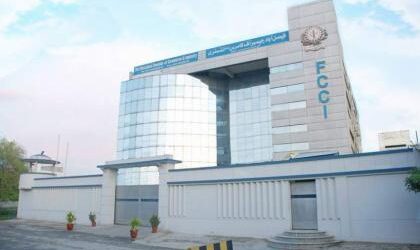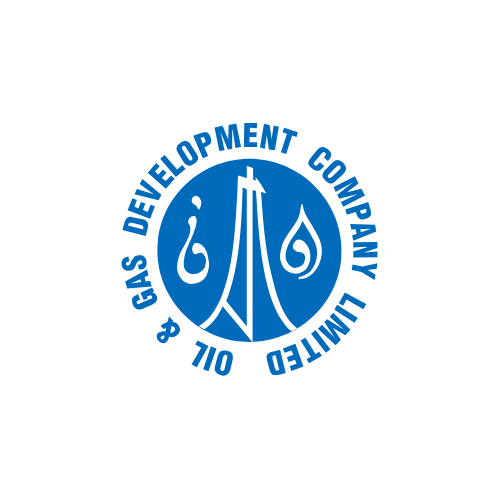Full throttled economic activities during the post corona and artificial intelligence era will open new avenues of employment for the nations fully prepared to cash out the emerging opportunities, said Engineer Ahmad Hasan, Chairman FCCI Standing Committee on CPEC and Research & Development.� Presenting the agenda during the first meeting of the committee here on Tuesday,he explained in detail the vision of Research & Development (R & D) and said that we must exploit social media and YouTube with project focus areas and it’s trickled down effects on the national economy and public at large in addition to the benefits of capacity building to the industrial sector.
He said that this comprehensive agenda would be shared with Atif Munir Sheikh, President Faisalabad Chamber of Commerce & Industry (FCCI) and his views and salient features of the road map would be incorporated in it. He said that the ultimate objective of this agenda was to achieve micro-financial stability, increase tax revenue, improve governance, innovation and value addition, energy, agriculture and livestock, human resource, entrepreneurship, ease of doing business, protecting environment and above all to ensure sustained economic growth.
Engineer Ahmad Hassan said that US president Mr. Joe Biden has recently approved a 1.3 trillion-dollar budget for the protection of the environment and Pakistan must avail from it. He stressed the need to promote the green revolution through the development of renewable energy resources.
He added that a comprehensive program should be formulated for the awareness of FCCI and industrialists to brace the expected challenges of the fourth industrial revolution.
Vice Chairman Dr. Khurram Tariq said that the committee has to focus on local as well as national issues simultaneously with a focused approach towards energy, renewable energy, water treatment, industry academia linkages, capacity building, promoting liaison with regulatory bodies and improving the policy structure in consultation with the stakeholders.





